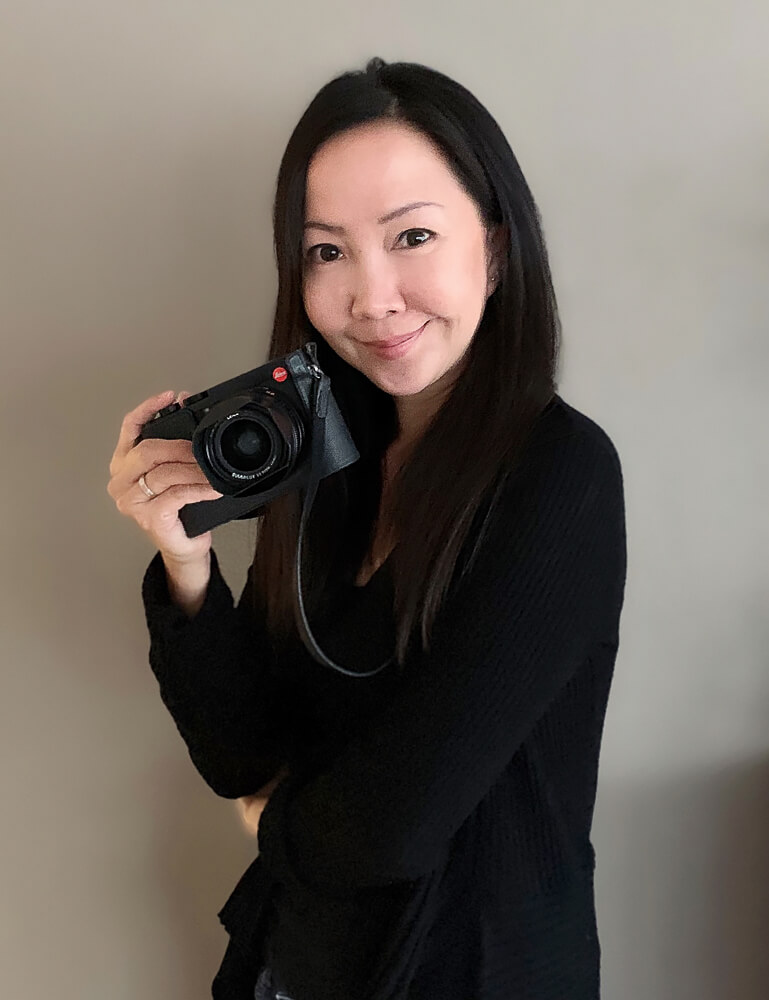Photography helps people to see - Berenice Abbott
Snap, and a moment is captured, forever still, saved for generations to see; For Callie Eh, photography is more than a way of making memories, it was a lifesaver and picked her up at a difficult time in her life and has not let her go ever since.
Originally from Malaysia, Callie has lived in various countries and is now based in Zurich, Switzerland. Callie started taking photos in 2008 but becoming a photographer is not something she has planned in the first place. At least not until 2015 when she moved
to Poland, and her work was discovered by Gaston Sitbon, a cafe owner. What also later really impacted her was a documentary workshop in Krakow in 2016, which was extremely intense and deeply changed her photography point of view, on how to make a better picture.
Callie loves to photograph people in their daily life and tell their stories through her lens, for Callie, the camera is a friendly tool to get close to various people and Photographs hold the power to connect people and she became open to different cultures, understand more about their dreams and interests, conversations on diversity and equality before sharing them with you.
Although some people lead a difficult life, for Callie it is important to express their happiness in the pictures. She points out that often the people who have the least are the kindest and happiest.
Her work has been exhibited, awarded, and Published internationally. Recently Callie is one of the "Photo is Light award" Top 10 winners of Photojournalism 2020 Edition and Published in Leica Switzerland Yearly Courrier Magazine 2020.
The Door to a Brighter Future
My time at Sambhali (NGO) has taught me a lot and opened my eyes to the inequalities in this world. In this male-dominated country - India, most of these women have no social value and they are expected to be a housekeeper. Many women are still trapped in the veil - Ghoonghat, a symbol of identity is observed by Hindu women across castes, classes, and walks of life, in and outside Rajasthan, they have been worn for decades.
Sambhali Trust, whose focus provides underprivileged Rajasthan women and kids with an education in English, Hindi, Math, and social skills, to support them in developing confidence and self-esteem and help them work towards financial independence.
The majority of the girls and women at the centers are from low castes and some have difficult backgrounds. These women are so hungry for knowledge and have to fight so hard to get it, most of the Sambhali women were so bright and naturally intelligent.
I’ve come away with a better understanding of real lives and society in India, as well as the freedom and responsibility that comes with it. These women live in a world where their every move is dictated by men, and to break that tradition by pursuing an education and skill.
You may look at this a simple sewing machine and education, but is the door opening up to these women and children to fulfill their dream to be able to change their life in the future.
